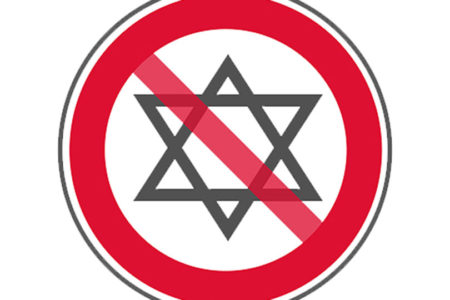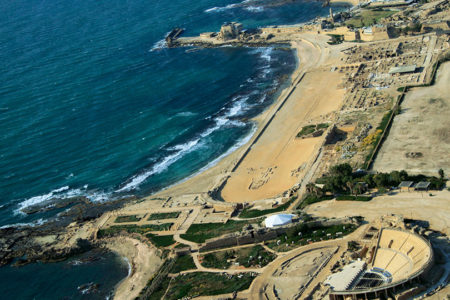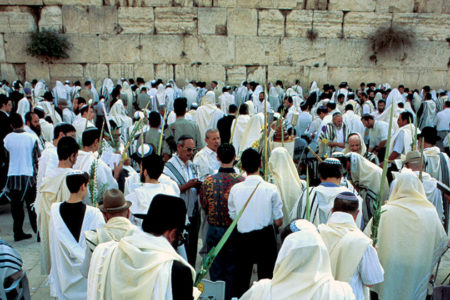The Garden Tomb
Editor’s Note: To read Peter Colón’s article “Assault at Gethsemane,” click here.
Now in the place where He was crucified there was a garden, and in the garden a new tomb in which no one had yet been laid (Jn. 19:41).
North of the Damascus Gate of Jerusalem’s Old City is a peaceful burial cave called the Garden Tomb. A peasant first discovered it in 1867. In 1874 a German missionary wrote a detailed report about it for several scholarly European journals. Today many believe it may be the site of Joseph of Arimathea’s sepulchre and, therefore, of the resurrection.
Scripture teaches that after Jesus’ agony on the cross, His body was given to Joseph of Arimathea, a wealthy Jewish believer who gave up his own tomb as a burial place for Jesus. Nicodemus—a Jewish teacher, member of the Sanhedrin (the Jewish ruling council), and secret believer in Jesus—brought a mixture of myrrh and aloes to the tomb, and together they prepared Jesus’ body for burial. Then they laid Him in the tomb.
In 1883 English military hero Charles George Gordon identified the cave as the burial site. Since then, the Garden Tomb has provoked a wave of controversy over whether it is the authentic place of Jesus’ burial.
Nevertheless, in 1894, an English, non-denominational, Christian charitable trust known today as The Garden Tomb Association purchased the site and maintains its upkeep.
Jesus, of course, arose from the dead; and the tomb is empty. And though the site is a quiet and peaceful place to visit, Jesus’ resurrection makes three thunderous statements:
(1) All true believers in Jesus have His heavenly image:
But now Christ is risen from the dead, and has become the firstfruits of those who have fallen asleep. For as in Adam all die, even so in Christ all shall be made alive. And as we have borne the image of the man of dust, we shall also bear the image of the heavenly Man (1 Cor. 15:20, 22, 49).
(2) God has a perfect plan of salvation:
Moreover, brethren, I declare to you the gospel which I preached to you, which also you received and in which you stand, by which also you are saved, if you hold fast that word which I preached to you—unless you believed in vain. For I delivered to you first of all that which I also received: that Christ died for our sins according to the Scriptures, and that He was buried, and that He rose again the third day according to the Scriptures (vv. 1–4).
But God demonstrates His own love toward us, in that while we were still sinners, Christ died for us (Rom. 5:8).
(3) Everyone can come to Christ and receive the gift of salvation:
For by grace you have been saved through faith, and that not of yourselves; it is the gift of God (Eph. 2:8). But as many as received Him, to them He gave the right to become children of God, to those who believe in His name (Jn. 1:12).
Sitting among the plants and flowers of the Garden Tomb, it’s easy to appreciate the quiet reverence of the place. It is like an oasis in a turbulent world. Yet it’s a site that shouts its message of Jesus’ suffering, burial, and resurrection loud and clear. Can you hear it?






